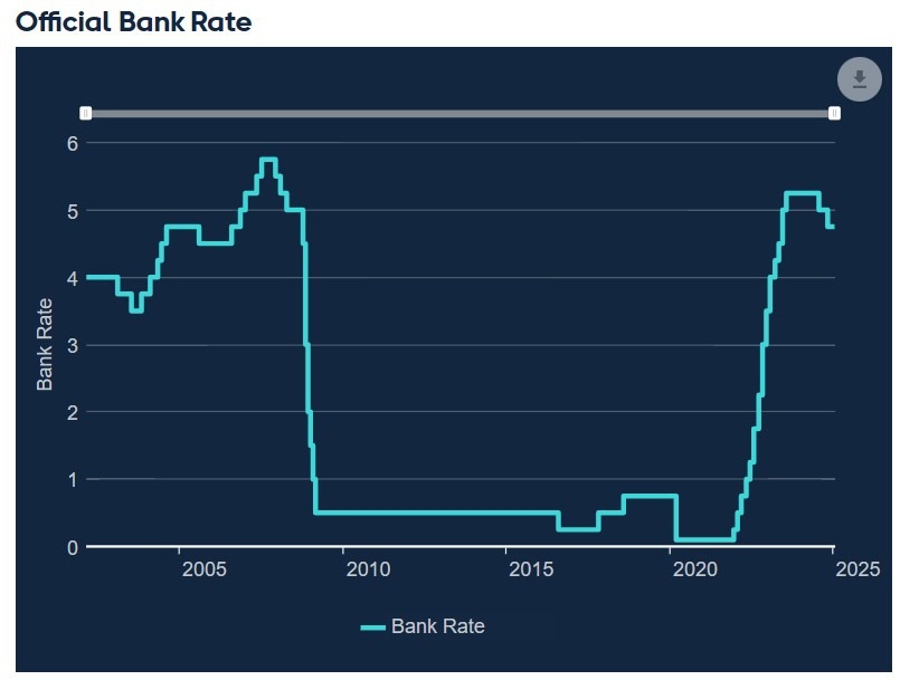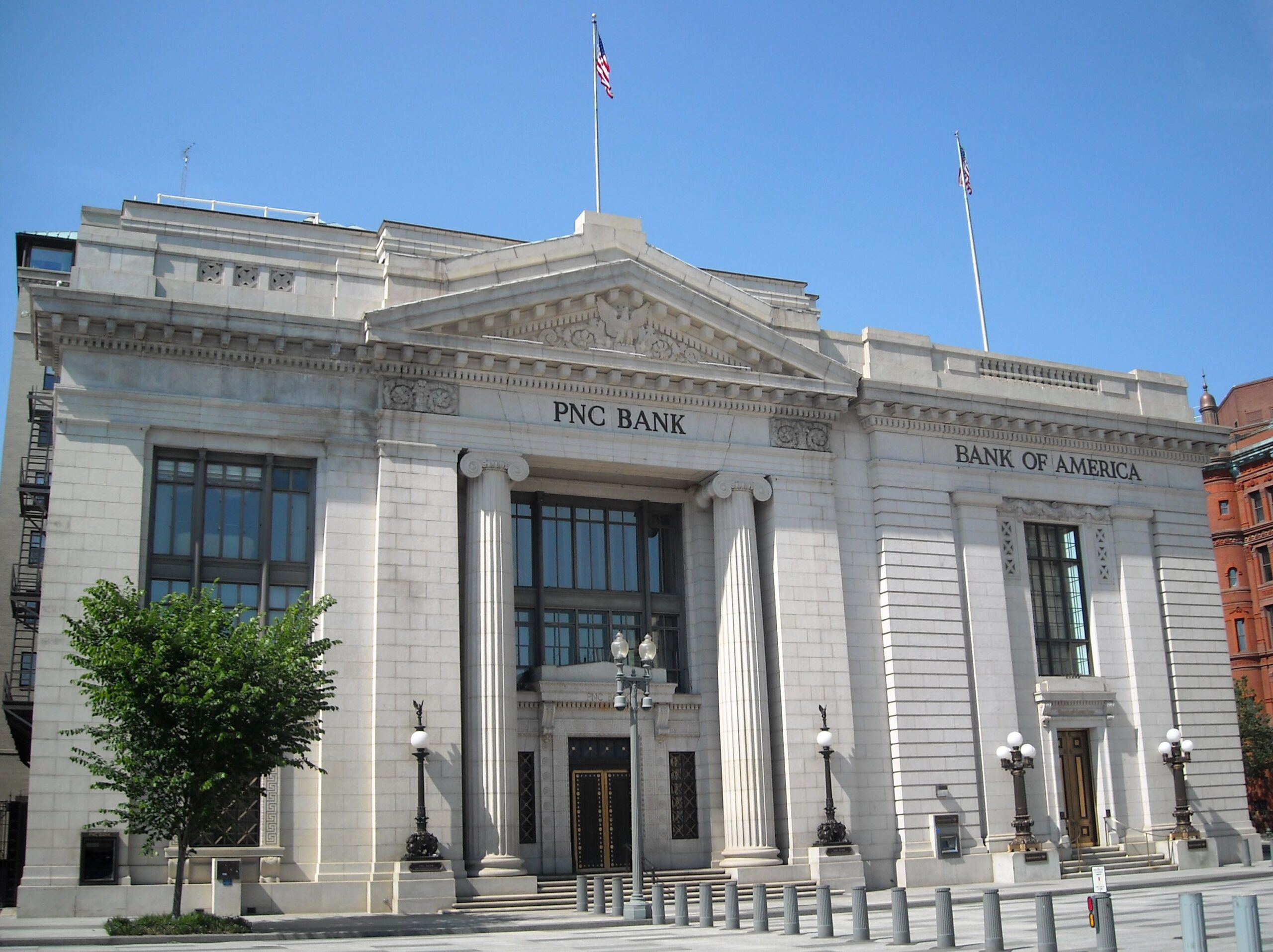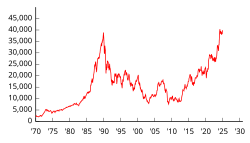
Introduction
The Bank of England’s base rate plays a crucial role in the UK economy as it influences borrowing and lending costs across the financial system. Recently, there have been significant discussions surrounding the base rate, especially in light of rising inflation and economic recovery post-pandemic. Understanding the changes to the base rate and their implications is vital for consumers, businesses, and investors alike.
Current Base Rate and Recent Changes
As of August 2023, the Bank of England set the base rate at 5.25%, a decision reached during their Monetary Policy Committee meeting. This marks a 0.25% increase from the previous rate and follows a series of adjustments aimed at tackling persistent inflation, which currently hovers around 6.9%. The bank has been charting a fine line as it seeks to control inflation while supporting economic growth.
Analysts predict that the base rate may rise further in the coming months if inflation does not show signs of abating. The Bank of England has previously indicated its readiness to act decisively should inflationary pressures continue, which has now extended to 13 interest rate hikes since December 2021, driven mainly by significant energy prices and supply chain disruptions.
The Impact on Borrowers and Savers
The base rate directly affects mortgage rates, personal loans, and savings accounts. With the recent increase, homeowners on variable-rate mortgages may see their repayments rise, which can strain household budgets. According to recent estimates, over 2 million households in the UK are likely to face higher monthly payments as a result of the ongoing changes.
On the other hand, savers are beginning to benefit from improved interest rates offered by banks, which have started to rise in response to the base rate increases. This shift provides an opportunity for individuals to earn a better return on their savings, although the effects are still lagging behind the inflation rate for most accounts, leaving real returns effectively diminished.
Conclusion and Future Outlook
As the Bank of England navigates a complex economic environment, the path ahead for the base rate remains uncertain. Economic analysts suggest that continued monitoring of inflation trends and external economic factors will be essential in guiding future rate decisions. While the immediate aftermath of the latest rate hike poses challenges for borrowers, it may signal a return to more favourable rates for savers in the longer term.
For consumers and businesses, staying informed about these changes is critical. Understanding the potential implications of the Bank of England’s monetary policy decisions can help individuals better navigate their financial futures and prepare for possible economic shifts ahead.
You may also like

Current Status of the Bank of England Base Rate

Current Landscape of Crypto News: What You Need to Know
